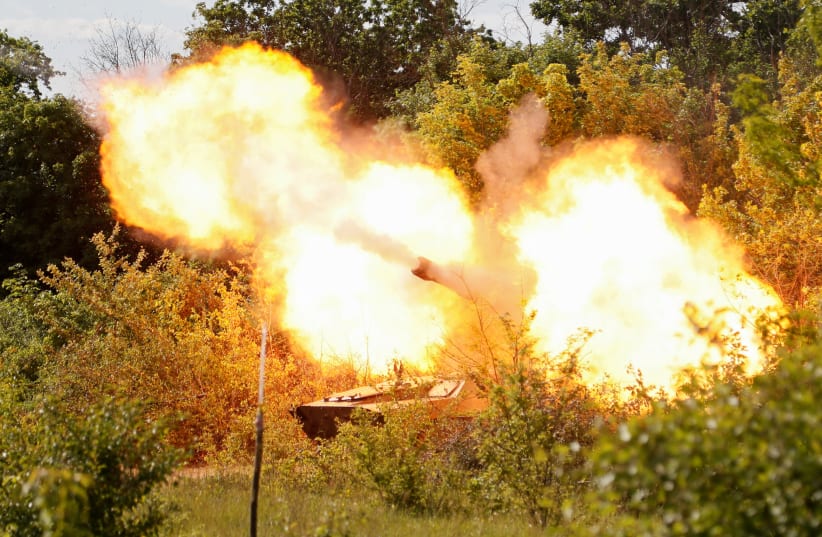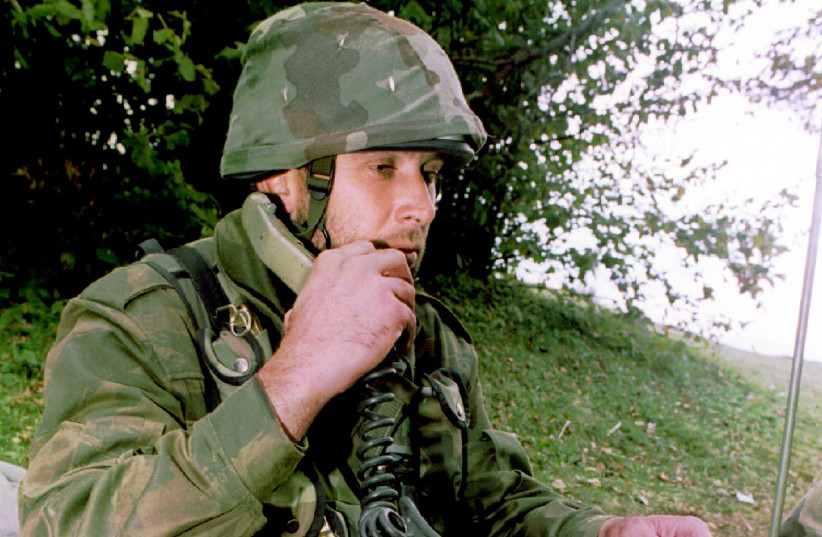Ukraine’s 28th Brigade are using antique technology to avoid Russians listening in on their conversations.
The brigade uses a field phone because they believe that Russian electronic warfare systems can detect and listen in on phone calls and radios.
In defensive positions, using a field phone can make Ukrainian advances more deadly for Russian forces. Russia's Zoopark radars can detect artillery fire, Russian Zhitel vehicles can track and block radio frequencies, while the Borisoglebsk-2 can disrupt satellite communications like GPS. Russian technologies aren’t able to track or block field phones.
Using commercial drones
The 59th Brigade are also making use of the technological devolution, through using Chinese-made commercial drones to get a vantage on Russian troops. The brigade uses bombed buildings as cover for their activities.
Oleksii, a member of the brigade, told the BBC that 3-4 drones are lost a day to Russian radio-electronic warfare stations and anti-drone guns. Okelsii claims that the anti-drone guns can transmit interference and interrupt communications to disable their drones.
He further explained that a commercial drone can last between 2-3 weeks.
Not all the strategy is based on archaic tech though, as Oleksii revealed that the drones are encrypted to alter their geolocation. Many are using VPNs, disguising their location, although this does not always work.
Ukrainian forces are using a simpler technique to take down Russian drones, shooting them down with automatic rifles.
Ukrainian soldiers expressed frustration at Russia’s seemingly endless supply of drones. Bohdan, of Ukraine's 10th Brigade, complained Russian drones are flying "every day, every hour, every second. They have the resources for that. We fight against it but not as much as we'd like." Oleksii held the same sentiment, claiming that Russia is using the same drones but have more of them and so can “care less about them.”
Ukraine's resources
The United States plans to announce a new military aid package for Ukraine worth $300 million that will for the first time include a short-range air-launched rocket taken from US excess stocks.
The Hydra 70 rockets are a 2.75 inch diameter air-launched, unguided rocket made by General Dynamics GD.N. The rockets are typically loaded in to a circular, 19 tube rocket launcher pod that is attached beneath the wing of aircraft or helicopters.
The package also includes more 155 millimeter Howitzer cannons but does not say if they are self-propelled or towed by a truck.
Reuters contributed to this report.

